Content |
|---|
History
The Bergamasco It is a breed of dog originating in the Italian Alps, used as a herding dog. Its appearance recalls to the of the Komondor (hungarian dog).
This breed comes from contact with dogs of nomadic shepherds and their flocks that came from East to West. The Pastor's Ancestors Bergamasco They are located in the area of the Alps, an ideal area to display their characteristics.
Since 1300 the use of these dogs is determined by herding herds of sheep typical of Bergamo. In the four centuries that followed, The Shepherd Bergamasco, has increased with the expansion of sheep farming. After 1700, However, After a gradual reduction of the pastoral activity, This race began to decrease its population, to almost extinction during the two world wars.
In 1890 the race continues calling “mountain dog” and, in 1949 the company of lovers of the Pastor is founded Bergamasco. A few years later, Finally formalized the name: Bergamasco.
Physical characteristics
The tail is thick and strong at the base, Tuning towards the tip. Is covered with hard hair slightly wavy. Allowed colors are all shades of black (not bright), even with grey spots. The color should be determined from the root of the hair, because the part of Tufts often form different tones.
The coat is very abundant, long, wavy, rough texture (goat) at the front of the trunk, of wool (sheep) the other half, less hard in the head.
The eyes are large, more or less dark, with eyelids slightly oval. The ears are upright, but they fall in the last two thirds. The length of the muzzle is equal to the skull. As a whole it is large and parallelepiped in shape.. The skull is wide and slightly convex between the ears. Feet are oval-shaped, with toes well arched and closed.
Did you know??
The mat coat of the Bergamasco it is to protect him from bad weather and from predators that he might have to drive away in defense of his flock.
Character and skills
He has a temper, obedient and responsive, is a very versatile dog, their ability to learn and to decide, along with the inborn patience, make it a dog suitable for various uses. The family is identified as his flock, and to be a sheep dog, likes to keep everyone together. It will always be aware of the Group.
It is a great companion, for adults and children, to those who consider their puppies (the weak family part), and you care them with much more attention. It is very Protector, but nothing possessive. It is never aggressive despite the fact that it is a good guardian of the House, effective to deter, but not to be dangerous.
Observations
As a recommendation, It is important to care for their fur because they are many knots, and so it is good to styling it with the hands to untangle. We recommend bathing but let it dry in the Sun. It has one of the robes that needs less maintenance, to weights of appearances.
Images “Bergamasco”
Videos “Bergamasco”
Type and recognitions:
- FCI CLASSIFICATION: 194
- Group 1: Sheepdogs and Cattle Dogs (except Swiss Cattle Dogs).
- Section 1: Sheepdogs.. Without working trial..
Federations:
- FCI ⓘ
- AKC ⓘ
- ANKC ⓘ
- CKC ⓘ
- KC ⓘ
- NZKC ⓘ
- UKC ⓘ
FCI breed standard "Bergamasco – Bergamasco Shepherd"
Alternative names:
1. Bergamasco Shepherd Dog, Bergamasco Sheepdog, Bergamasco (English).
2. Cane da pastore bergamasco (French).
3. Cane da pastore Bergamasco (German).
4. (em italiano: Cane de pastore Bergamasco) (Portuguese).
5. Pastor de Bergamasco (español).
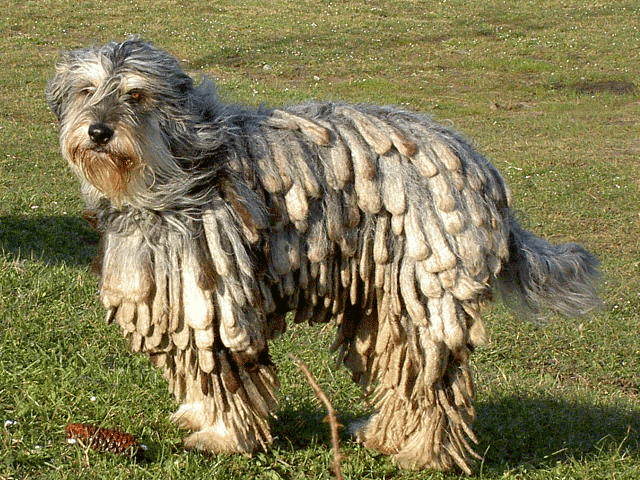

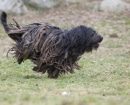
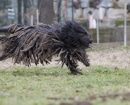
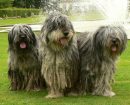

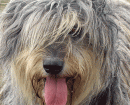
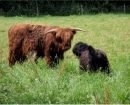
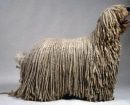
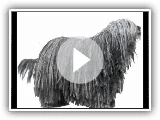 Bergamasco
Bergamasco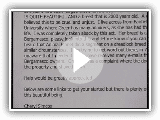 Pet Talk: Bergamasco!
Pet Talk: Bergamasco!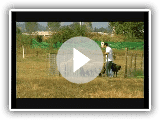 PAStore Bergamasco Al lavoro (Classe 2)
PAStore Bergamasco Al lavoro (Classe 2)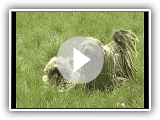 Field of Dreams
Field of Dreams